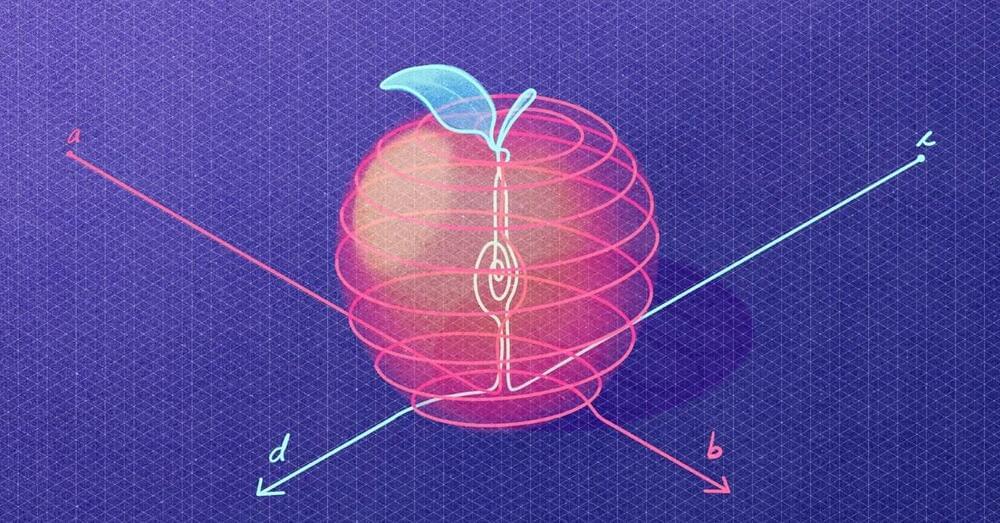The artificial intelligence chatbot asked the believers in the fully packed St. Paul’s church in the Bavarian town of Fuerth to rise from the pews and praise the Lord.
The ChatGPT chatbot, personified by an avatar of a bearded Black man on a huge screen above the altar, then began preaching to the more than 300 people who had shown up on Friday morning for an experimental Lutheran church service almost entirely generated by AI.
“Dear friends, it is an honor for me to stand here and preach to you as the first artificial intelligence at this year’s convention of Protestants in Germany,” the avatar said with an expressionless face and monotonous voice.




